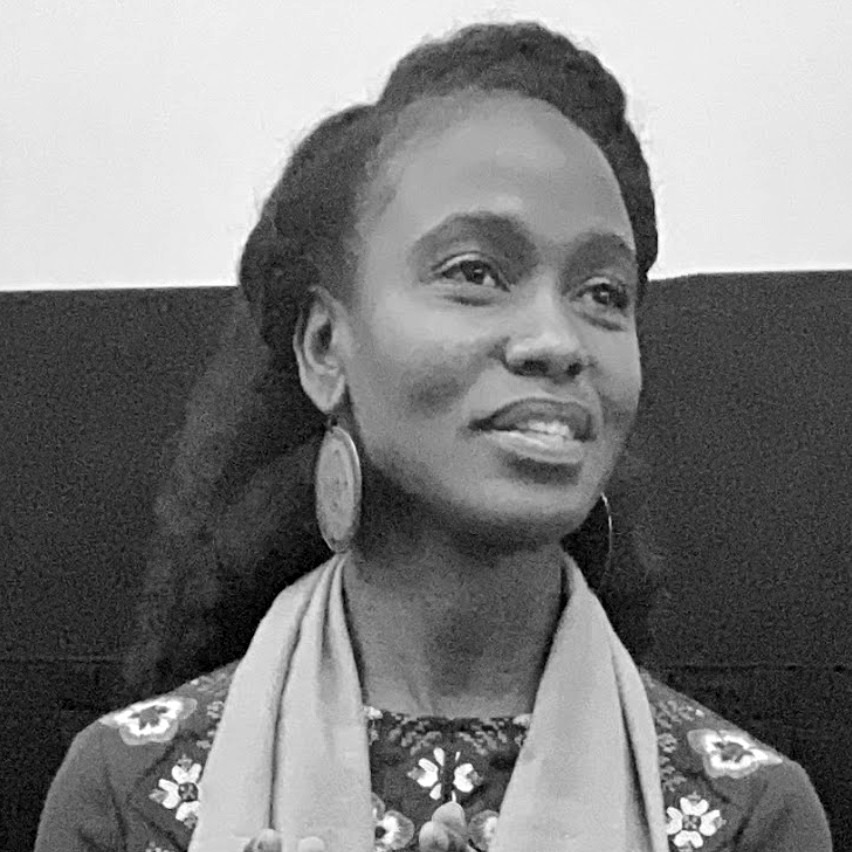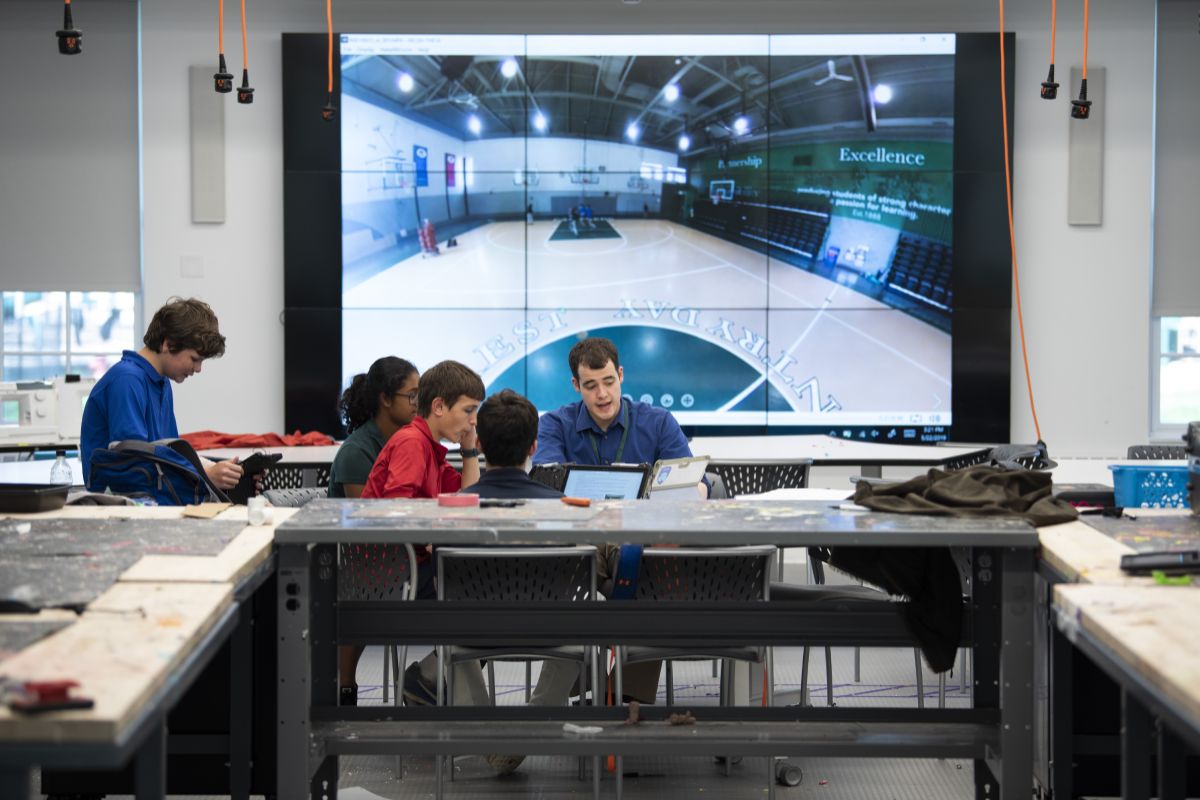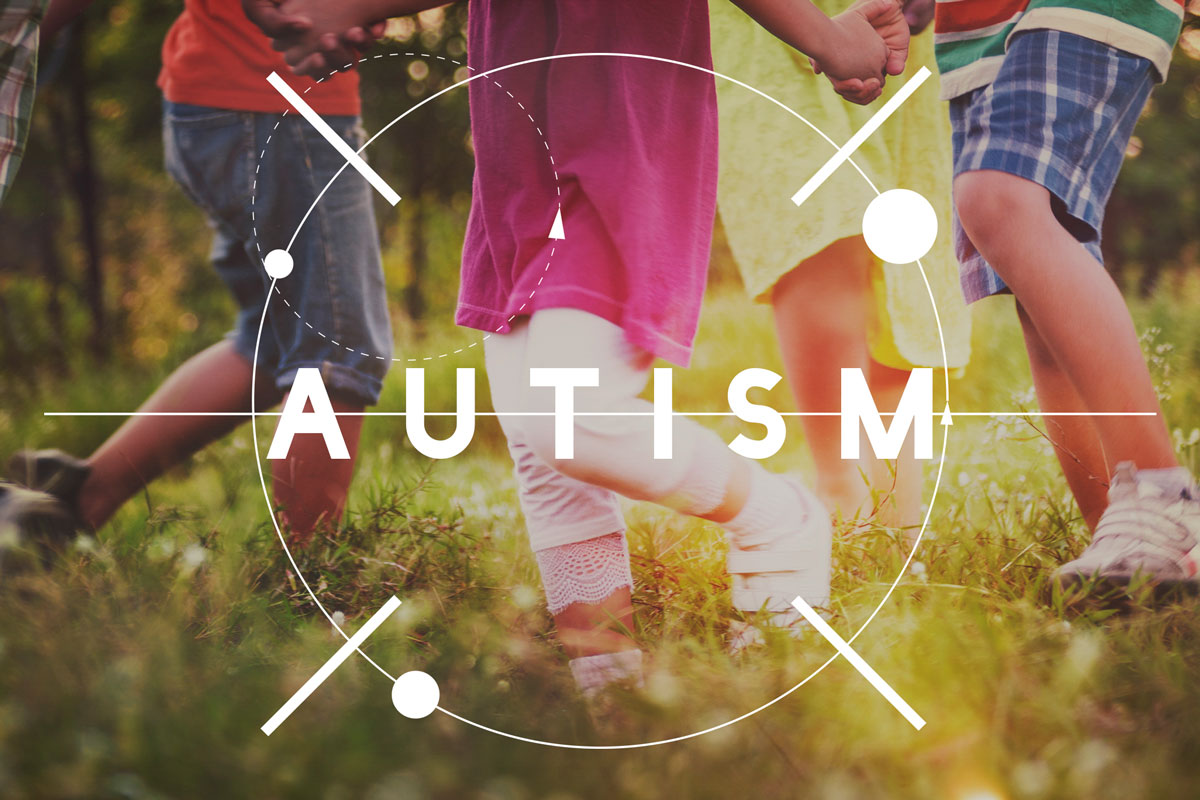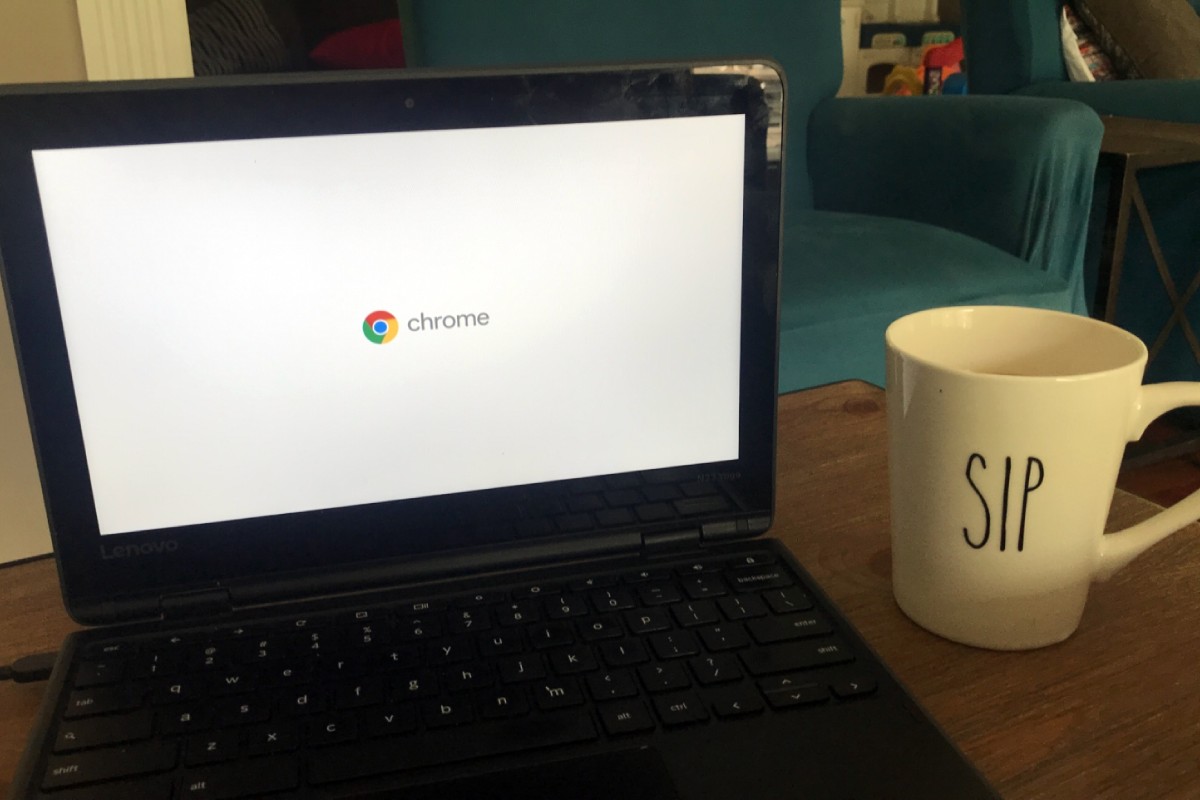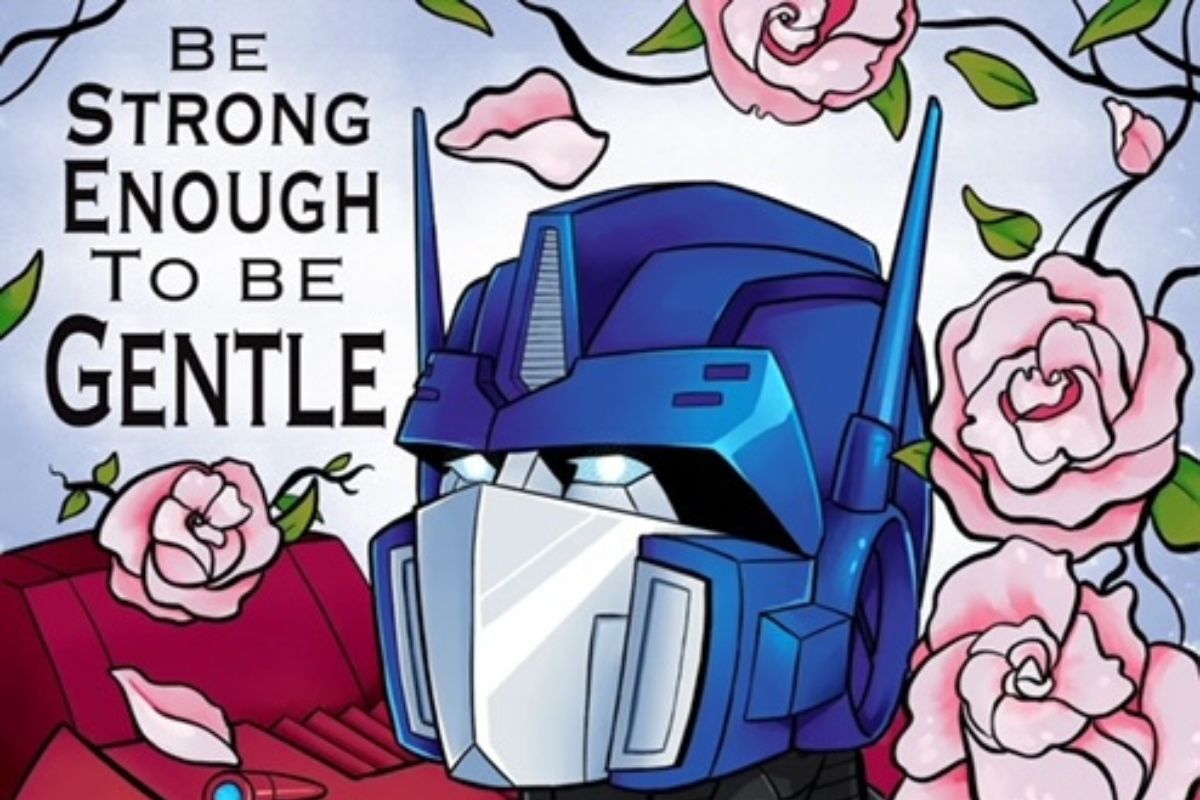Towards Colearning
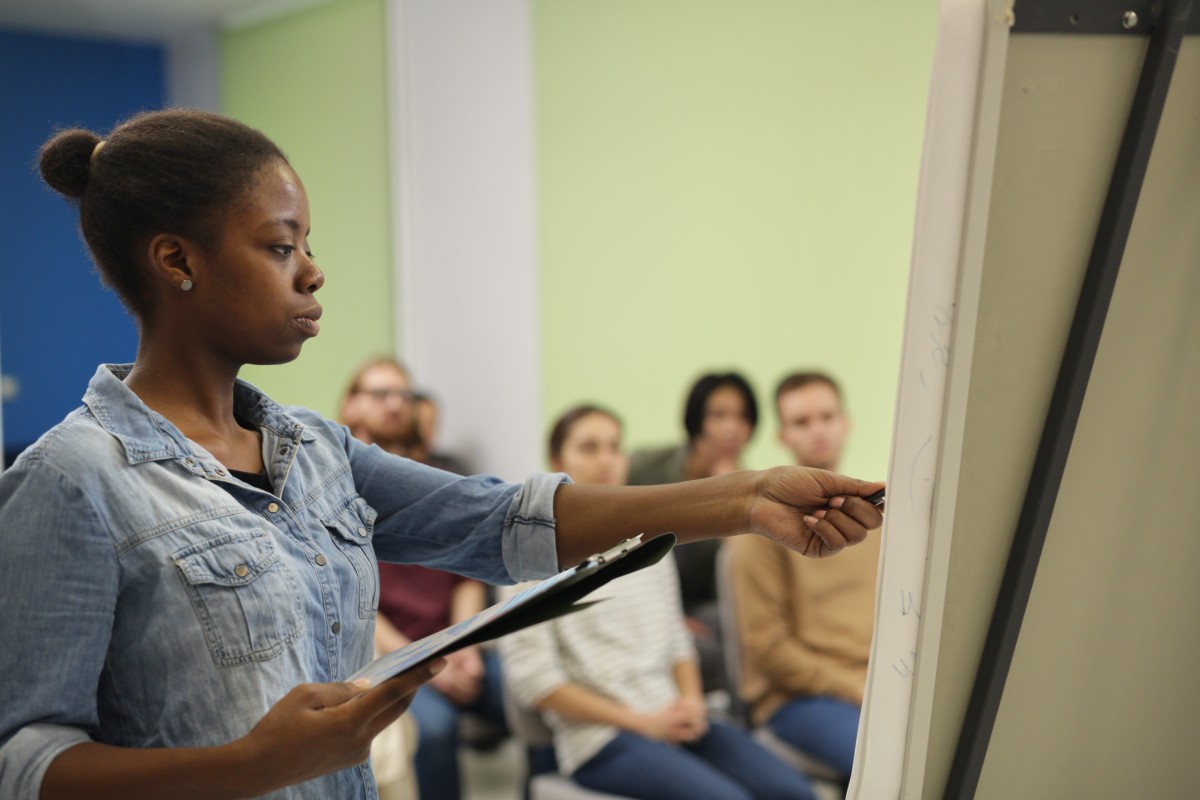
At the conclusion of each course, semester or school year, I reflect in awe at how much my approach is informed by the feedback and input my students share. From infographics to instructional metaphors, participatory styles to redefined expectations – there is not a single element of my teaching unimpacted by student contributions. I have worked diligently for nearly 15 years to ensure that the learning environment I share with students is one in which everyone feels like their ongoing insights are not only welcomed, but a valued part of how we progress. As I consider the extent to which those insights become a part of my pedagogical repertoire and the indelible mark left on me by my students, I am also left wondering – can I truthfully call what I do teaching and what my students do learning?
Paulo Friere (2018) describes the banking concept of teaching as fundamentally problematic in that it assumes students are passive receptacles for the information teachers deposit. Personally, my experience as a student confirmed this concept as overwhelmingly enacted and embraced at least by the educators I encountered. For example, I was regularly punished for attempting to create rather than repeat, and rewarded for producing responses that matched the teachers’ rather than for my attempts at innovation. So many years later, I still feel the sting of being urged to rewrite my final for English 3 to make it more closely reflect the ideas of my teacher rather than my own. Despite my voracity for critical reflection and the initial excitement that was instilled in me in my home learning environment, I found that inventive thinking was not welcomed and was sometimes met with either hostility or ambivalence in institutional spaces. It seemed that my not replicating the ways of my teachers was considered being defiant or contradictory, and with time, I unfortunately embodied this very practice as so many of us resort to teaching in ways that we ourselves have been taught. Years later, I would learn that research has named this phenomenon particularly in the case of Black girls as “pushout,” and that ideologies centered in whiteness can preclude those who take them up from recognizing racialized or Black genius in schools. In the early years of my own teaching, I sought out ‘fun’ and ‘engaging’ ways for students to acquire and retain more of what I deemed important (as dictated by the standards, of course) without providing space for students to also expose me to new uncharted possibilities. Unbeknownst to me, I had become another proponent of cloning over creation.
So many of our modern teaching hacks simply repackage this core conceptual understanding of what it means to teach and learn. Despite the popular cries to make learning student-centered which calls for drawing upon student assets, we fundamentally replicate environments where the extent of student creativity is reflected by how frequently they find ways to reproduce teacher techniques or arrive at instructor-directed conclusions.
My experiences with students have shown me a better way.
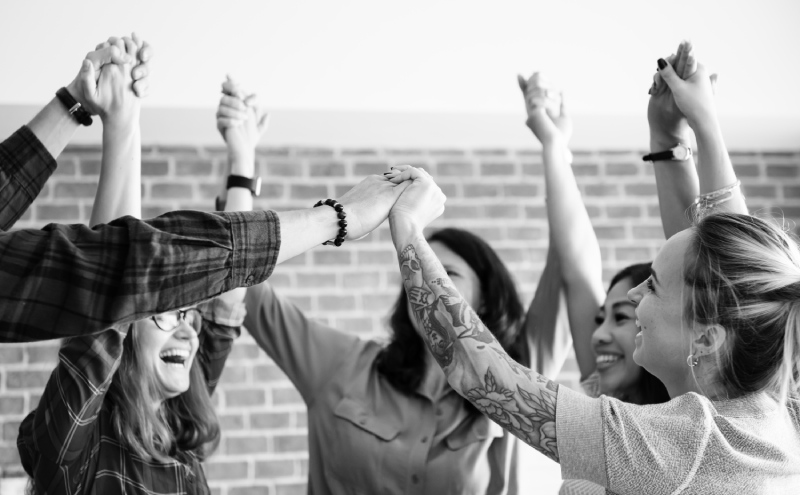
Students have quite literally taught me by showing me and our whole learning community fresh ideas, new understandings and alternate purposes for learning. Grounded in community-building, and an authentic curiosity of assumed expertise on behalf of every individual I encounter, the regular feedback and critical observations relayed to me regarding content, processes and products from our time together, pushed me to consider previously unexplored opportunities for learning. At the outset of learning experiences, I often invite students to share their vision of what “successful” class time looks like. We measure ourselves against those standards along the way knowing that they are subject to amendment from all members of our learning community at predetermined and unsolicited times as an ongoing practice. Even the end product of our time together is marked by the learners themselves, oftentimes resulting in a more meaningful and uniquely reflective result that has significance far beyond the last day of class.
An example that comes to mind from my time teaching middle school Spanish includes presenting students with a project-based learning unit which was to culminate in a mock invitation for an exchange student to visit our school. Based on student input, the unit evolved into school-based interviews of Spanish-speaking faculty and staff who could speak of our school as a great place to be and an ideal community to join for anyone of Latine descent.
As I consulted at a high school on problem-based learning unit design, I worked with teachers to determine the ideal audience for their unit on heroes and fables. It was the special education English Language Arts teachers who determined that the authentic audience should be nearby primary grade students. As high school teachers, they had local expertise on their students and the nature of making the product, children’s stories composed by their students, both meaningful and of the highest quality. First graders within the district could then enjoy the fairy tales the high school students created in a mutually beneficial learning exchange.
In preparing Science educators for instructing emerging bilinguals (ELLs), I benefited greatly as we explored both content learning and linguistic proficiency. These preservice teachers took advantage of a democratic learning environment, rose to their feet unprompted, and used dry erase markers to create equations that substituted low affective filters, culturally relevant teaching (Ladson-Billings, 1995) and differentiated assessments as variables which impact the inevitable acquisition of both Science content and English proficiency. As this process unfolded before me, my understanding expanded due to students who mathematically processed on their own terms the complexities of content, culture, language and pedagogy.
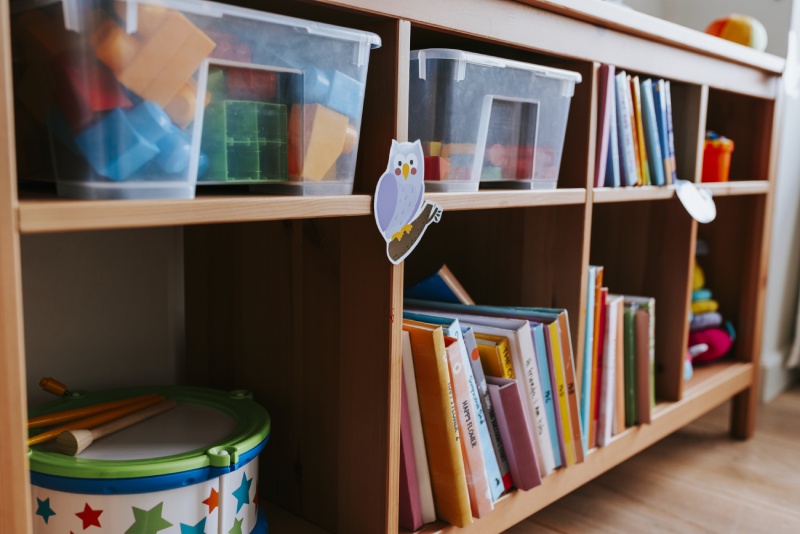
These occurrences, while initially infrequent and serendipitous, over time became structures to which I adhered in order to augment the likelihood that similar opportunities to learn from students would happen with more regularity.
Some of those structures include:
- Co-constructing norms; rights and responsibilities for our learning environment
- Collective repositories (Austin, 2020) for resources and support requests
- Dedicated and regular check-in times both structured and unstructured
- Timely and substantial course and assessment adaptations in response to community needs
These strategies represent the very essence of my teaching approach and the folks with whom I’ve shared these spaces over the past 15 years must be equally credited for their input on our collective growth. For these reasons, the hierarchical implication of my title as a ‘teacher’ only serves to distort what has happened all these years, which is colearning. Towards a specific end, yes – I as the ‘teacher’ have been responsible for the outcomes in any targeted learning session. But it was together with students that we all developed our understandings of content and enhanced our abilities to interpret the world while determining the very ends of those interpretations based on our personal and cultural orientations and goals. To call these educational engineers ‘students’ would be misleading by semantic occlusion. Thus, I resolve to highlight the bidirectional (Austin et al., n.d.) benefit of having advanced alongside my colearners as the best approximation of the true processes in which we partake, and I invite you to do the same.
This article is available and can be accessed in Spanish here.
Austin, T., Porcher K., Curran M., DePaola, J., Pelaez J.; Raffaelli L. (submitted). We Still Have Work to Do: Community-Engaged Experiences and Impact in an Urban Social Justice Program. Teachers College Press.
Austin, T. (2020, September 24). A Crash Course in Digital Instruction. (n.d.). ASCD Express. Retrieved October 6, 2020, from http://www.ascd.org/ascd-express/vol16/num01/a-crash-course-in-digital-instruction.aspx
Freire, P. (2018). Pedagogy of the oppressed. Bloomsbury publishing USA.
Ladson-Billings, G. (1995). Toward a theory of culturally relevant pedagogy. American educational research journal, 32(3), 465-491.
Morris, M. (2016). Pushout: The criminalization of Black girls in schools. New Press, The.
Muhammad, G. (2020). Cultivating genius: An equity framework for culturally and historically responsive literacy. Scholastic Incorporated.

